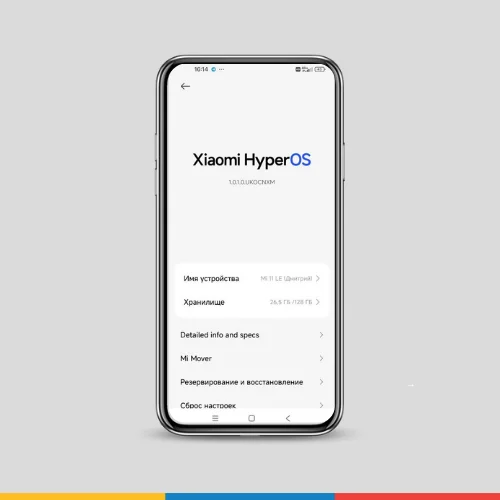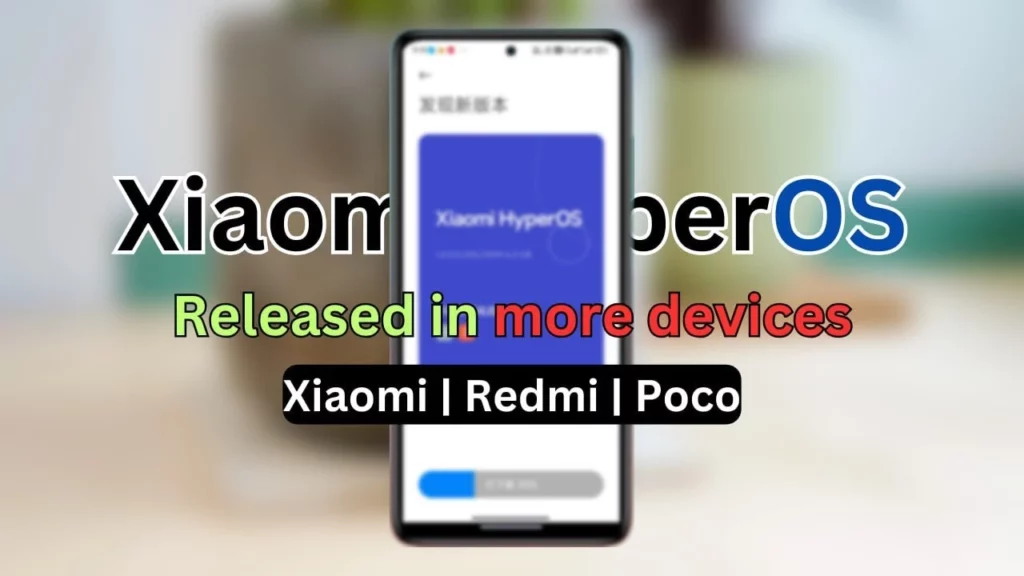Xiaomi, the popular Chinese tech giant, is steadily widening the reach of its all-new operating system, HyperOS. After debuting on the flagship Xiaomi 13 series and Xiaomi Pad 6 in January, the update is now making its way to a wider range of devices, bringing its promised performance and security enhancements to more users.
From MIUI to HyperOS
For over a decade, Xiaomi devices have been synonymous with MIUI, a custom Android skin known for its extensive customization options. However, with the ever-evolving mobile landscape, Xiaomi felt the need for a fresh start. Enter HyperOS, designed to be lighter, faster, and more secure, while still offering a user-friendly experience.
Xiaomi 12 Pro, 11 Lite 5G NE, and Redmi Note 12S Join the Party
The latest expansion welcomes the popular Xiaomi 12 Pro, the budget-friendly 11 Lite 5G NE, and the powerful Redmi Note 12S to the HyperOS party. This move demonstrates Xiaomi’s commitment to bringing the new OS to a diverse range of devices, catering to both high-end and budget-conscious users.
#XiaomiHyperOS completely changed the underlying architecture to serve as the basis for connecting over 800 million devices.🔝
— Xiaomi HyperOS (@XiaomiHyperOS_) February 20, 2024
With powerful interconnectivity capabilities, #XiaomiHyperOS enhances your devices' understanding of your using preferences and improves your devices'… pic.twitter.com/guQiLQ0y8D
Unveiling HyperOS Features

HyperOS boasts several key improvements over MIUI. Users can expect:
- Enhanced Performance: Xiaomi claims a smoother and faster experience, thanks to optimizations within the OS and underlying hardware.
- Improved Security: HyperOS prioritizes user privacy and data security with advanced security features and stricter app permissions.
- Clean and Intuitive Interface: The interface has been streamlined for a more intuitive and minimalist look, reducing clutter and distractions.
- Cross-Device Connectivity: HyperOS aims to seamlessly connect Xiaomi devices across the ecosystem, including smartphones, tablets, and smart home appliances.
The Rollout Continues
Xiaomi hasn’t revealed the complete roadmap, but previous announcements hint at devices like the Xiaomi 13T, 13T Pro, Redmi Note 12C, Poco F5, and even the highly anticipated Xiaomi 13 Ultra getting the HyperOS treatment later this year.
User Feedback and Early Impressions
While the initial rollout of HyperOS to the Xiaomi 13 series and Pad 6 received generally positive feedback, it’s crucial to gather user opinions on the broader range of devices now receiving the update. Performance optimizations, battery life impact, and overall user experience will be key areas of scrutiny.
The Future of Xiaomi
With HyperOS, Xiaomi aims to offer a more competitive and secure user experience, potentially attracting new customers and solidifying its position in the global smartphone market. The broader rollout across various devices demonstrates.
The company’s confidence in the new OS and its commitment to user satisfaction. Whether HyperOS lives up to the hype remains to be seen, but one thing is certain: Xiaomi’s bold move marks a significant shift in its software strategy, and its success will be closely watched by the tech industry and consumers alike.



